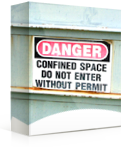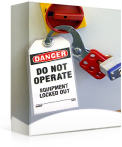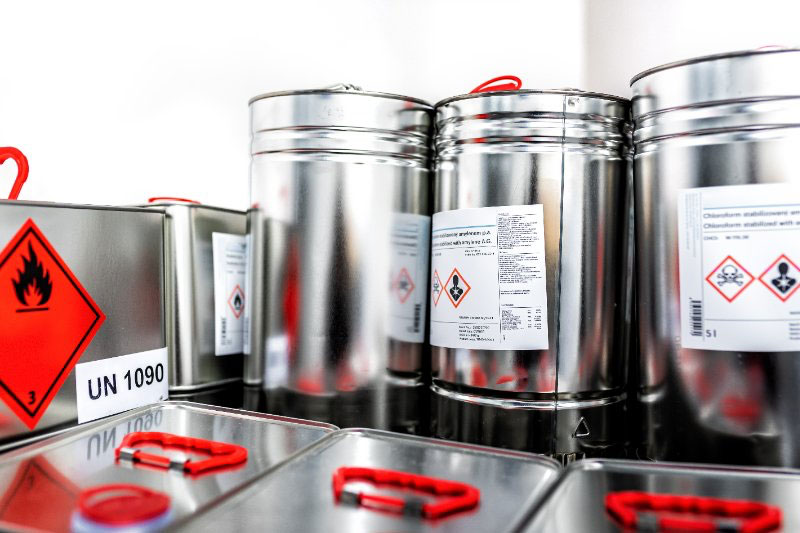


COVID-19: General Canadian Workplace Safety helps participants understand COVID-19, how it spreads, and general safe work practices to protect their health and the health of others.
Participants will learn about safe practices, including:
*Note: This course is not appropriate for health care workers, or others who may work with, or in proximity to, patients diagnosed with COVID-19.

Cannabis in the Workplace: Management Training provides participants with information about cannabis in the workplace, focusing on the issue of impairment and providing practical guidance to help develop and apply appropriate and effective policies and procedures.

Cannabis in the Workplace: Training for Workers aims to give employees the bestpossible understanding of the differences between medical and recreational cannabis, their responsibilities when using medical cannabis in the workplace, and employer responsibilities. This course explains the laws relating to human rights legislation and the duty to accommodate employees who have medical authorization to use cannabis.





This program examines the way we communicate, the factors that influence communication and the increasing role of the Internet and electronic communications in the volunteer sector.

Fire Safety is a basic awareness program for workplace environments that includes prevention techniques as well as information on how to use a fire extinguisher.
This course is designed to give the participant, the knowledge in fire safety and prevention, fighting a fire by recognizing user and equipment limitations, the fundamentals of fires, types of fire extinguishers, and the proper handling of the fire extinguisher.

Hydrogen Sulphide (H2S) is a highly toxic and flammable gas. Each year in Canada, workers are injured and killed by exposure to H2S. H2S Awareness explains the properties of H2S, identifies control measures, and provides a practical description of what to do in the event of exposure. H2S Awareness is a great introductory course for those looking to continue on to complete the H2S Alive certification or those looking to better understand the extremely dangerous hazards associated with H2S.

Many workplaces have a high potential for inducing heat stress. Service sector workplaces, such as industrial laundry facilities, bakeries, canneries and commercial kitchens, all run the risk for heat stress-related disorders and illnesses.
It is important to recognize the signs and symptoms of heat stress as early as possible in order to prevent the possibility of heat-related illness, disability, or possibly even death. This course will explain what heat stress is, how to recognize and treat heat-related illnesses, and describe how to create a heat stress control plan.

Incident Investigation examines the responsibilities of employers and workers when it comes to incident reporting and investigation and explains the steps that must be followed during an incident investigation.This course is designed for workplaces that must adhere to provincial/territorial occupational health and safety (OHS) laws and regulations. Although the general OHS rights and responsibilities of employers and workers are the same in each jurisdiction, the OHS legislation of each province and territory is unique.

The Joint Health and Safety Committee examines the role of the JHSC and the duties of the committee and its members, including the protocols and procedures that must be followed to ensure effective meetings and proper documentation.


The term "Lockout/Tagout" refers to specific practices and procedures to safeguard workers from the unexpected energizing or start-up of machinery and equipment, or the release of hazardous energy during service or maintenance activities. Lockout/Tagout explains the importance of Lockout/Tagout in protecting the health and safety of workers. The course examines basic workplace safety tenets and examines the specific stages and procedures of the Lockout/Tagout process.



Diversity encompasses all of the ways that we are different from each other, including factors like ethnicity, culture, religion, age, gender, sexual orientation, and sexual identity. This course educates participants about acceptable and unacceptable workplace attitudes and behaviours, including discrimination, harassment, and bullying, identifies appropriate ways to respond, and provides practical strategies to support an inclusive workplace environment where everyone feels safe and respected. This course is endorsed by Safety Services Canada.


Slips, trips and falls can occur in any workplace. Approximately 60,000 Canadian workers are injured each year due to slip, trip and fall injuries. This course will explain the common causes for these types of injuries and what preventative measure can be taken to reduce the risk of these kinds of injuries in the workplace.

In the TDG course you will learn - Introduction to TDG, its regulations and proper training, proper documentation, safety marks and means of containment, forbidden goods, exemptions and special provisions as well as, immediate reporting and procedures to follow in the event of an emergency. A printable certificate is available upon completion.
Those transporting dangerous goods by Air, Sea or Rail require additional training that is not included in this program.
Also Please Note: A“Site” or “Job” specific orientation potential hazards is also required by the employer to fully comply with all safety legislation.
Although this is a nationally recognized course, if you are currently unemployed and seeking employment it is up to your new employer to accept any prior training. They may still require you to re-train once hired.


WHMIS 2022 online course is based on the current legislation and meets the legislated requirement for general WHMIS training. Employers must also provide workplace-specific training and instruction for each of the hazardous products in the workplace.
WHMIS 2022 has come into effect with a transition period that lasts 3years (full implementation by December 31, 2025).
.jpg)
Working Safely Alone examines how OHS laws across Canada address the issue of working alone or in isolation, and describes practical safety measures that can protect workers from the hazards associated with working alone.

Workplace Hazards: Identification, Assessment and Control is designed for workplaces that must adhere to provincial/territorial occupational health and safety (OHS) laws and regulations. The course describes workplace hazards, the health and safety risks posed by those hazards, and the step-by-step process which must be followed in order to identify, assess and control hazards in the workplace.

Workplace Inspections is designed for workplaces that must adhere to provincial/territorial occupational health and safety (OHS) laws and regulations. The course identifies the inspection responsibilities of various workplace parties, describes the workplace inspection process, and provides practical workplace inspection strategies.